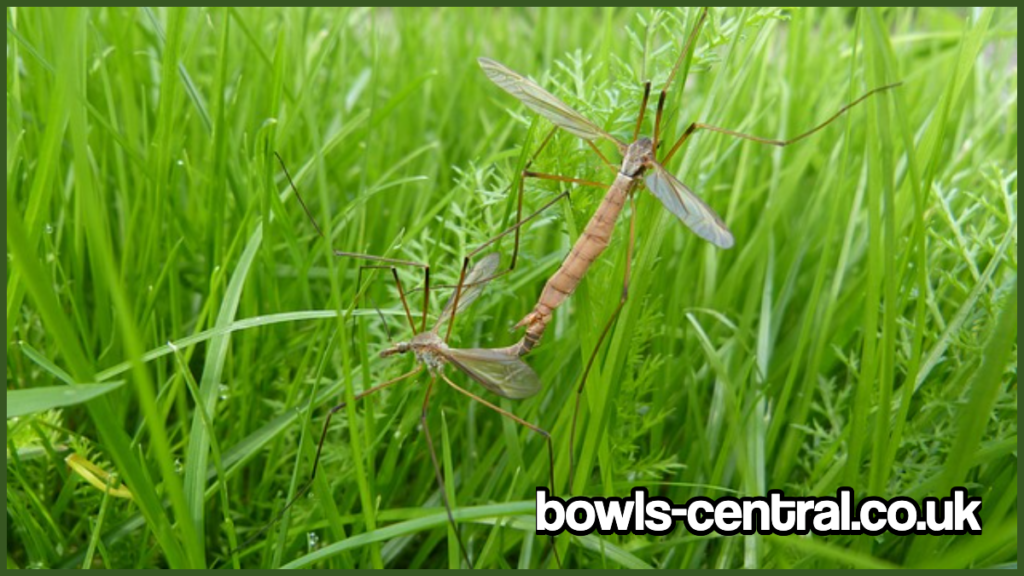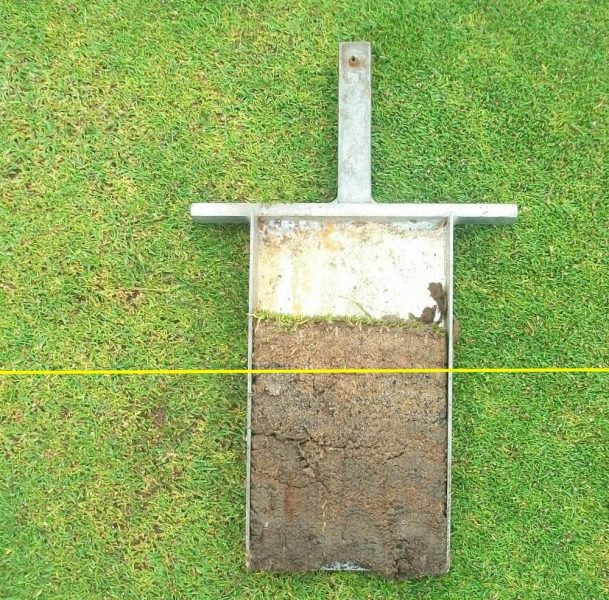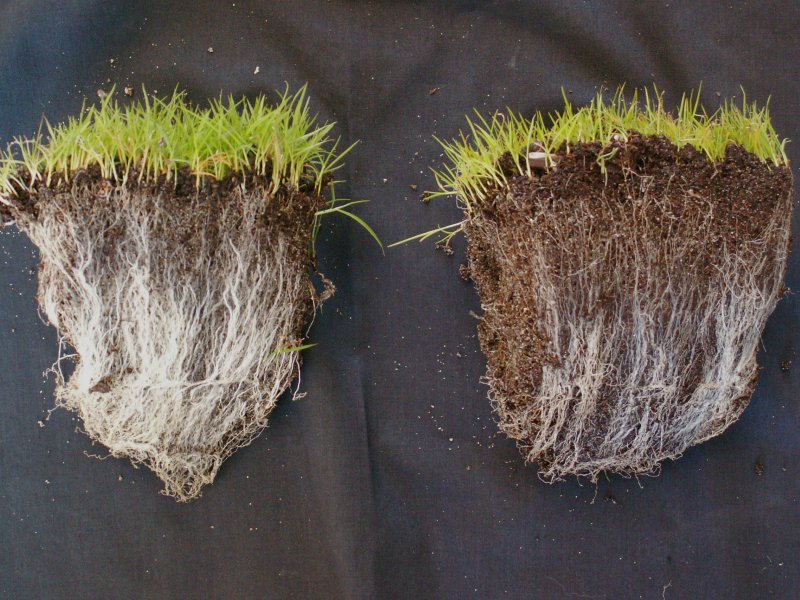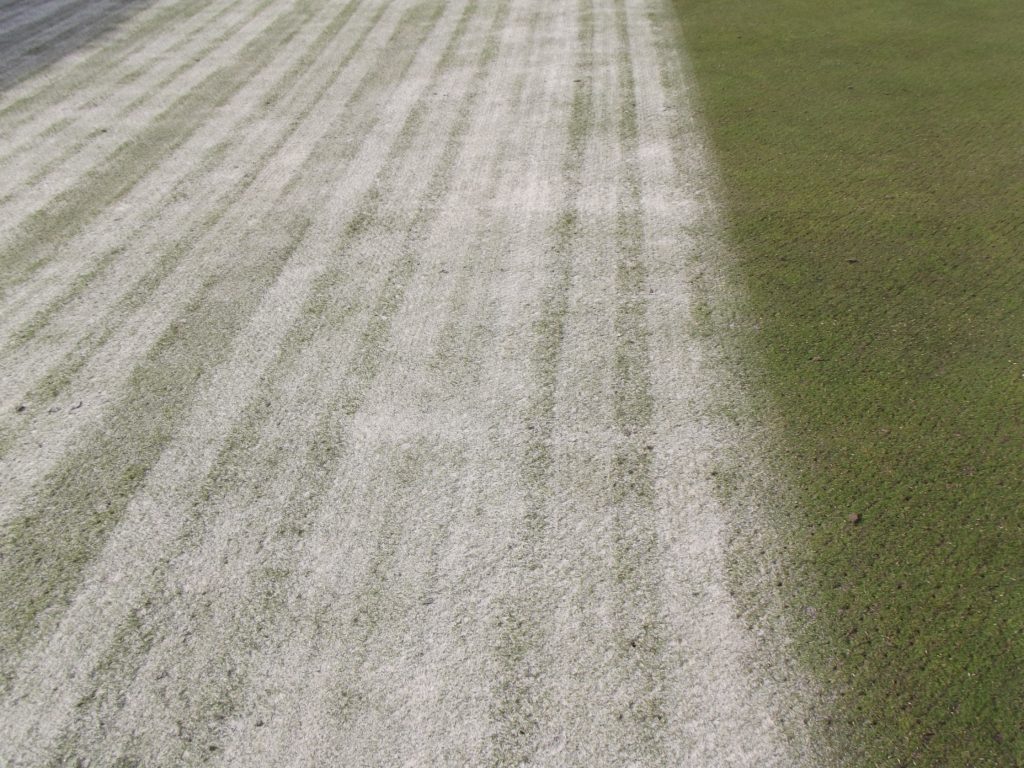Grasses employ a range of physical, chemical, and indirect defences to protect their roots from insect herbivores. Further research is needed to fully understand these mechanisms and to explore other potential defences, but meantime, we can take some of this knowledge and apply it now to our greenkeeping practices.





